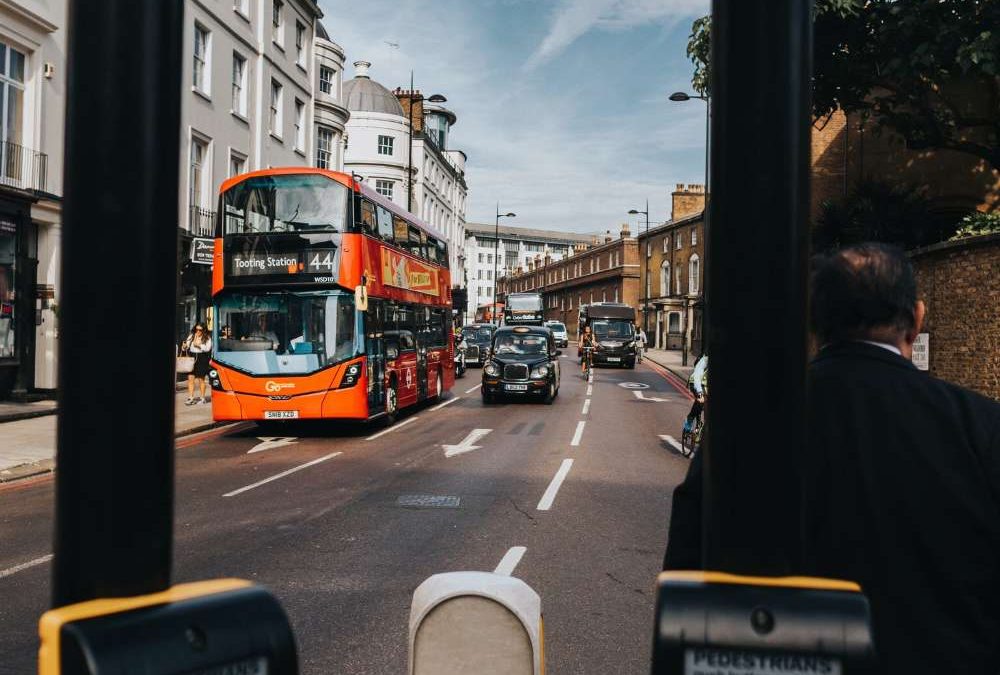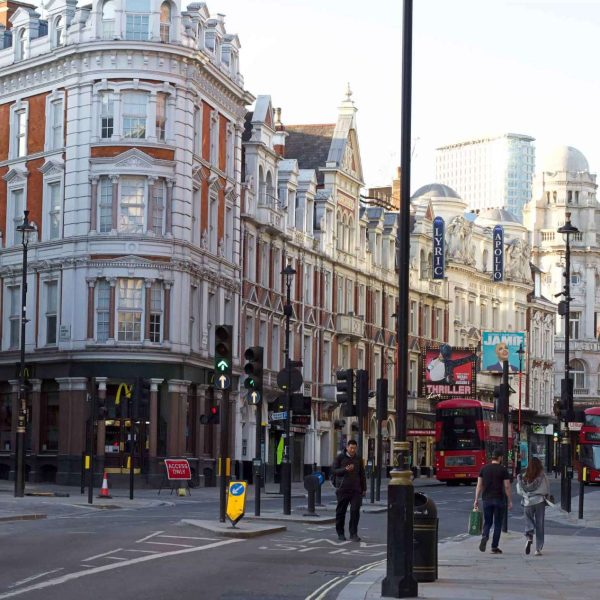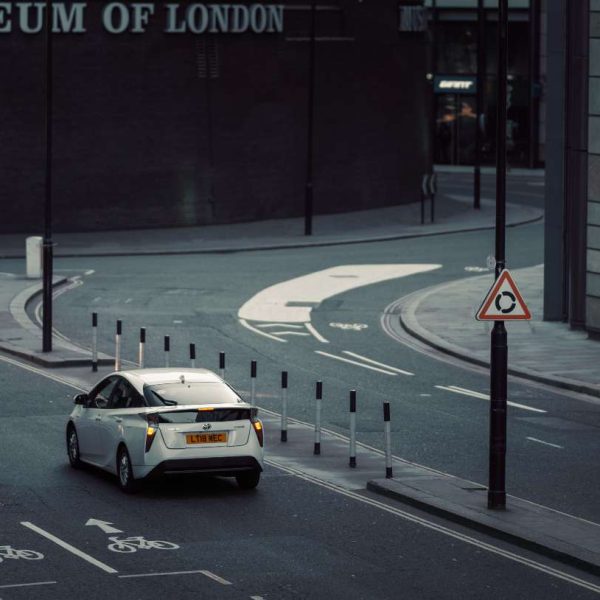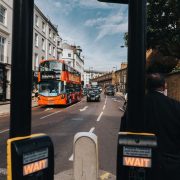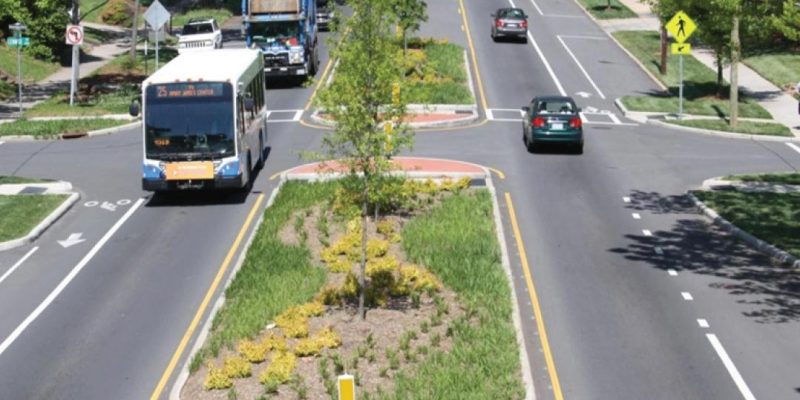
New Traffic Islands Help Drivers Navigate City Streets
New Traffic Islands: Enhancing Traffic Navigation and Safety on City Streets
Traffic islands are an often unnoticed, yet essential, element of the urban environment. They play a significant role in helping drivers navigate city streets by offering them a safe space to stop and make turns. Furthermore, traffic islands serve as visual cues, guiding drivers in the correct direction and separating lanes of traffic. With their ability to reduce congestion and improve safety, these islands have become an integral part of urban planning and design.
Although they have existed for centuries, it was only in the late 19th century that traffic islands were introduced in cities. The initial purpose was to assist drivers in maneuvering through the narrow streets of London. Since then, traffic islands have evolved to become key components of urban infrastructure.
Constructed primarily from concrete or asphalt, traffic islands are strategically placed at intersections or other locations where traffic separation is necessary. These islands are often painted in bright colors to enhance visibility for drivers. While their sizes and shapes vary depending on the city’s requirements, rectangular and triangular forms are commonly used.
The overarching goal of traffic islands is to provide a safe environment for drivers. They offer designated areas where drivers can halt and make turns, while also imparting a clear indication of the direction of travel. By physically dividing lanes of traffic, traffic islands effectively reduce congestion and the likelihood of collisions. This allows drivers to navigate with ease and confidence.
Aside from their benefits for drivers, traffic islands also provide a safer means for pedestrians to cross the street. Placed at intersections, these islands serve as waiting points for pedestrians, ensuring that they are not in harm’s way while traffic passes by. This significantly reduces the risk of pedestrian-vehicle accidents.
Furthermore, traffic islands contribute to overall safety by separating lanes of traffic. By providing a physical barrier, they diminish the chances of vehicles swerving into opposing lanes. This feature not only prevents accidents but also reduces the potential for disruptive traffic situations.
Additionally, traffic islands enhance the flow of traffic. Placed strategically at intersections, they create designated areas for drivers to halt and execute turns. This facilitates the smooth movement of vehicles, preventing abrupt lane changes that could disrupt the flow and lead to congestion.
In conclusion, traffic islands are an essential aspect of urban planning and design. They promote driver safety by providing secure locations for stopping and turning, as well as visual cues for navigation. These islands effectively reduce congestion and the risk of collisions by separating lanes of traffic. Furthermore, they enhance pedestrian safety and contribute to the overall smooth flow of vehicles. With their diverse benefits, traffic islands continue to play a significant role in supporting efficient and safe urban transportation systems.



